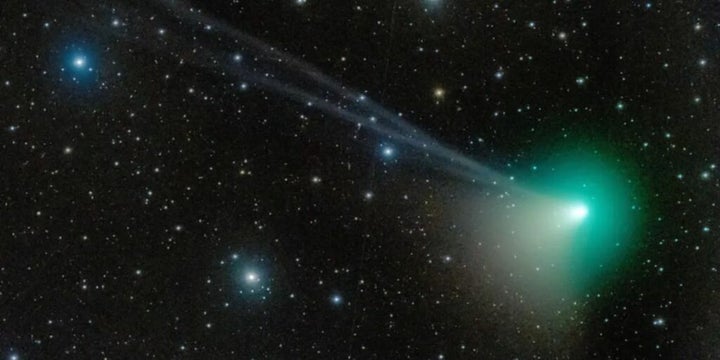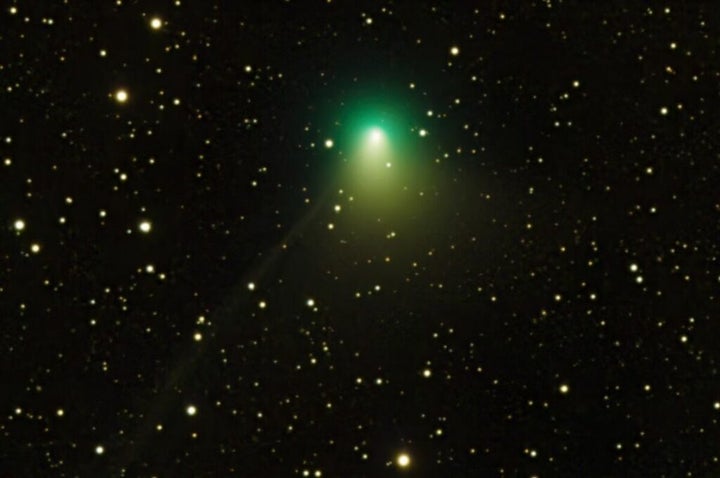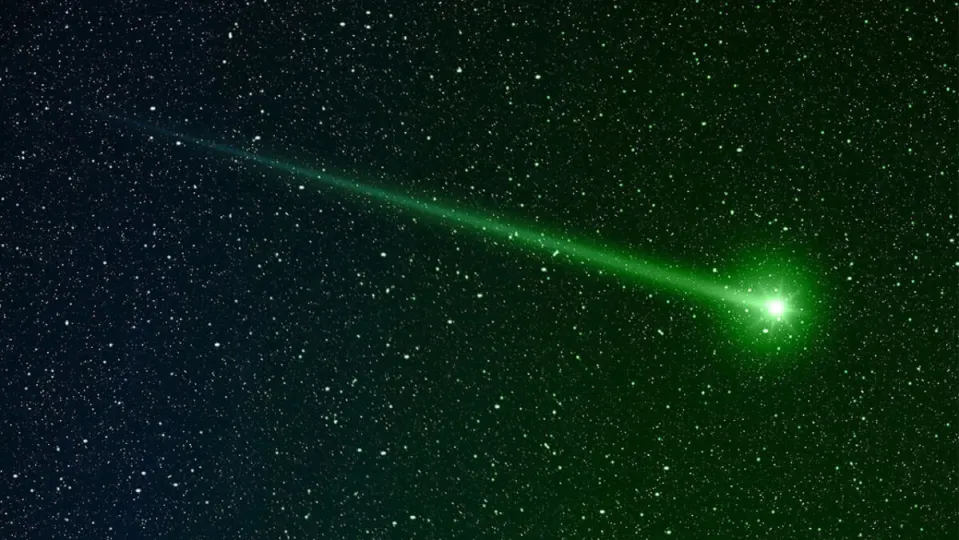February 1st marks an important event for stargazers and astronomers. The comet C/2022 E3 (ZTF), more commonly known as Green Comet, will be visible in the sky as it will be closest to Earth.
Here’s what you need to know about the Green Comet, with some stunning photos taken this morning.
Why Is It Called the Green Comet?
The comet has a tadpole-like tail, and its nucleus has a greenish tinge. Its tail extends almost millions of kilometers. The comet had completed its orbit around the sun in the first few weeks of January 2023. It is right now exiting the orbit and is towards the solar system’s edge.
How Close Will the Comet Come to Earth?
It is estimated that the Green comet would be just about 42 million kilometers from the surface of the Earth. This may seem like a lot; however, it is a small distance when measured on the cosmic scale.
So, what makes February 1st so unique? The Green Comet takes about 50,000 years to complete its orbit around the sun. The last time the comet came so close to Earth’s surface was when modern-day humans were yet to evolve.
Some of the best images taken of the comet today




What Is the Best Way to Watch the Green Comet?
To see the Green Comet clearly, you should pick a spot with clear skies. If you don’t, it will be difficult to see the comet’s movement and its legendary green tail. Since the comet is not as bright, one would need binoculars to see it clearly.
While the comet was visible in January 2023 as well, the glow was not much, as it was still far from Earth’s surface. Astronomers even captured images of the comet in all its glory. Today, February 1st, marks an important day as millions of stargazers will see this comet in the sky for the first time in their life.
It will be visible in the Northern hemisphere, just below the Plough constellation handle. Sometime next week, the comet will fly past the pole star, the brightest Ursa Minor star. As the comet slowly goes back to the Oort cloud in the solar system, February 1st and 2nd are said to be the days when it would be at its brightest.


